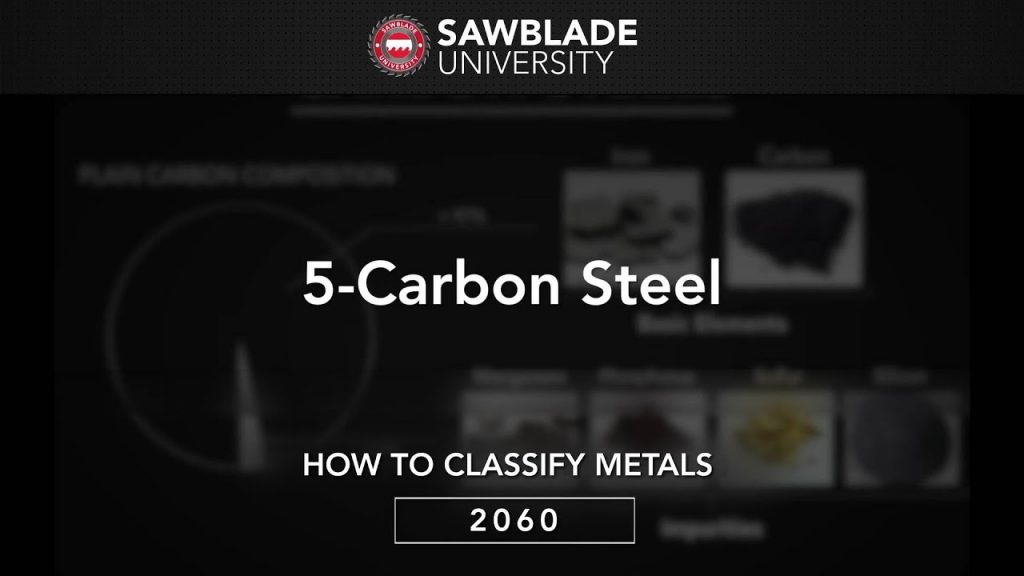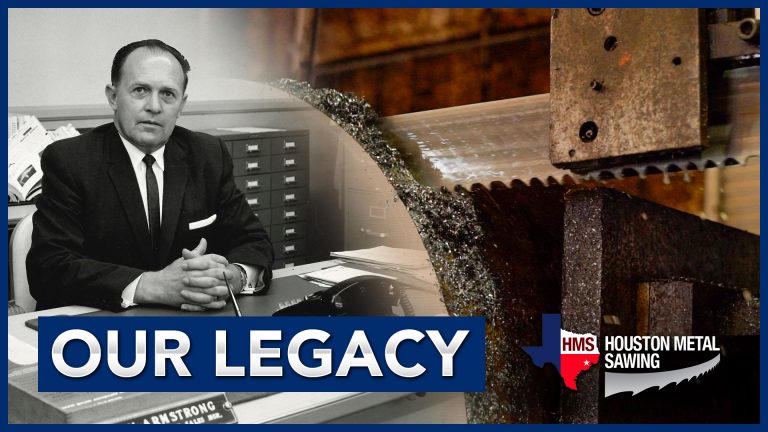Carbon Steel
Carbon Steel Product Guide
Carbon steel is a metal alloy mixture of carbon and iron elements, with trace amounts of additional components that are not enough to significantly alter the material’s characteristics. It is also known as plain carbon steel. However, apart from silicon (0.60% max), manganese (1.65% max), and copper (0.60% max), there are no other alloying components permitted in plain carbon steel. A low carbon percentage in steel gives it the same qualities as iron, making it soft yet can be readily shaped. As the carbon percentage increases, the metal has higher tensile strength but becomes less malleable and more complicated to weld. So, a higher carbon content decreases the melting point of steel and reduces its overall temperature resistance.
Table of Contents
Comparison of 1018 and A36 Steels
When selecting materials for engineering and construction, understanding the differences between various steel grades is crucial. Two commonly used steel grades are 1018 and A36. This comparison aims to highlight the key differences and similarities between these two types of steel, helping professionals make informed decisions.
| Property | 1018 Steel | A36 Steel |
|---|---|---|
| Chemical Composition | Higher manganese, ~0.18% carbon. | Iron, carbon (~0.26%), manganese, phosphorus, sulfur, silicon. |
| Mechanical Properties | Lower yield strength, softer, more ductile. | Higher yield strength, suitable for structural applications. |
| Weldability | Excellent, due to lower carbon content. | Good, but may require preheating for thicker sections. |
| Machinability | Excellent, ideal for parts requiring good surface finish. | Good, but slightly less than 1018. |
| Applications | Mounting brackets, pins, spacers, applications needing good surface finish. | Structural applications like bridges, buildings, construction equipment. |
| Cost | Can be more expensive due to specific properties. | Generally more cost-effective, widely available. |
| Availability | Widely available, but more in specific forms. | More common in various shapes and larger quantities. |
1018 Mild Steel
Alloy 1018 is the most readily accessible when it comes to cold-rolled steels.
In most cases, you may get it in the form of a rectangular or square bar and even a round rod.
It possesses all of the conventional characteristics of steel, including strength, considerable flexibility, and relatively easy machining.
It is incredibly similar to A36 Hot Rolled steel in terms of its chemical composition; however, the cold rolling process results in superior surface quality and improved characteristics.
| 1018 Mild (low-carbon) steel | ||
|---|---|---|
| Minimum Properties | Ultimate Tensile Strength, psi | 63,800 |
| Yield Strength, psi | 53,700 | |
| Elongation | 15.0% | |
| Rockwell Hardness | B71 | |
| Chemistry | Iron (Fe) | 98.81 – 99.26% |
| Carbon (C) | 0.18% | |
| Manganese (Mn) | 0.6 – 0.9% | |
| Phosphorus (P) | 0.04% max | |
| Sulfur (S) | 0.05% max |
A36 Mild Steel
ASTM A36 steel is the most common type of hot-rolled steel you can buy. In most cases, it may be purchased as a round rod, square bar, or rectangular bar.
Additionally, it is available in the form of angles, I-beams, channels, and H-beams. The hot rolling techniques indicate that this steel will have a bumpy surface.
However, keep in mind that its yield strength is substantially lower than 1018, suggesting that it will fold much more rapidly.
So, machining this steel is more complex than 1018 steel but cheaper.
| ASTM A36 Mild (low-carbon) steel | ||
|---|---|---|
| Minimum Properties | Ultimate Tensile Strength, psi | 58,000 – 79,800 |
| Yield Strength, psi | 36,300 | |
| Elongation | 20.0% | |
| Chemistry | Iron (Fe) | 99% |
| Carbon (C) | 0.26% | |
| Manganese (Mn) | 0.75% | |
| Copper (Cu) | 0.2% | |
| Phosphorus (P) | 0.04% max | |
| Sulfur (S) | 0.05% max |
12L14 free machining steel
This is another common brass steel. The lead has been included in the composition of this alloy to improve its machinability. Hence, it can be machined at a rate of 160% of that of AISI 1212. However, including lead reduces the alloy’s strength, even if it usually is more challenging than the 1018 alloy used.
| 12L14 free machining steel | ||
|---|---|---|
| Minimum Properties | Ultimate Tensile Strength, psi | 78,300 |
| Yield Strength, psi | 60,200 | |
| Elongation | 10.0% | |
| Rockwell Hardness | B84 | |
| Chemistry | Iron (Fe) | 97.91 – 98.7% |
| Carbon (C) | 0.15% max | |
| Manganese (Mn | 0.85 – 1.15% | |
| Phosphorus (P) | 0.04 – 0.09 | |
| Lead (Pb) | 0.15 – 0.35% | |
| Sulfur (S) | 0.26 – 0.35% |
A366/1008 Steel
This alloy often produces cold-rolled steel sheets of “commercial grade.” Its strength and superior formability have made it popular for various applications. However, compared to hot-rolled A36, its surface quality is significantly better.
| ASTM A366 (alloy 1008) steel | ||
|---|---|---|
| Minimum Properties | Ultimate Tensile Strength, psi | 43,900 – 51,900 |
| Yield Strength, psi | 26,100 – 34,800 | |
| Elongation | 42 – 48% | |
| Chemistry | Iron (Fe) | 99% |
| Carbon (C) | 0.08% | |
| Manganese (Mn) | 0.6% max | |
| Phosphorus (P) | 0.035% max | |
| Copper (Cu) | 0.2% min | |
| Sulfur (S) | 0.04% |
A513 (alloy 1020-1026) Steel
This alloy is often found in DOM tubing. Its increased carbon content confers greater tensile strength but diminishes its weldability and machinability.
| ASTM A513 alloys 1020 – 1026 Mild (low-carbon) steel | ||
|---|---|---|
| Minimum Properties | Ultimate Tensile Strength, psi | 87,000 |
| Yield Strength, psi | 72,000 | |
| Elongation | 10.0% | |
| Rockwell Hardness | B89 | |
| Chemistry | Iron (Fe) | 99.08 – 99.53% |
| Carbon (C) | 0.18 – 0.23% | |
| Manganese (Mn) | 0.3 – 0.6% | |
| Phosphorus (P) | 0.04% max | |
| Sulfur (S) | 0.05% max |
Request For Quote

Monday through Friday
8:00 AM to 5:00 PM Central Time
Houston, Texas 77093
Our sawing capabilities include a large range of metals, castings, plastics or molded parts. You can count on Houston Metal Sawing to deliver your parts on time and within budget.







